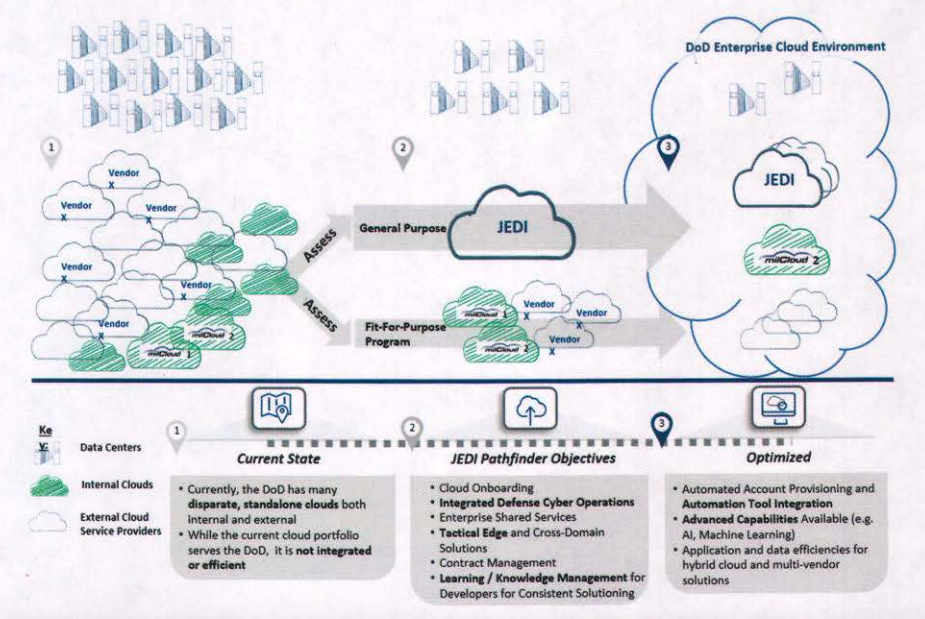“In an intelligence led operation in the early hours of today, India struck the biggest training camp of JeM in Balakot. In this operation, a very large number of JeM terrorists, trainers, senior commanders and groups of jihadis who were being trained for fidayeen action were eliminated. The facility in Balakot was headed by Maulana Yousuf Azhar (alias Ustad Ghouri), the brother in law of Masood Azhar, chief of JeM,” the Foreign Secretary said in the press briefing.
The Foreign Secretary reminded that Pakistan had made a “solemn commitment in January 2004 not to allow its soil or territory under its control to be used for terrorism against India.”
He emphasised that the outfit was responsible for the attack against the CRPF personnel in Pulwama and urged Pakistan to live up to its public commitment against terrorism and take further actions against JeM and other camps.

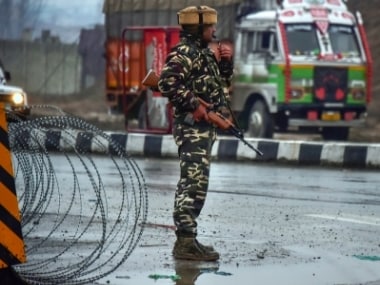






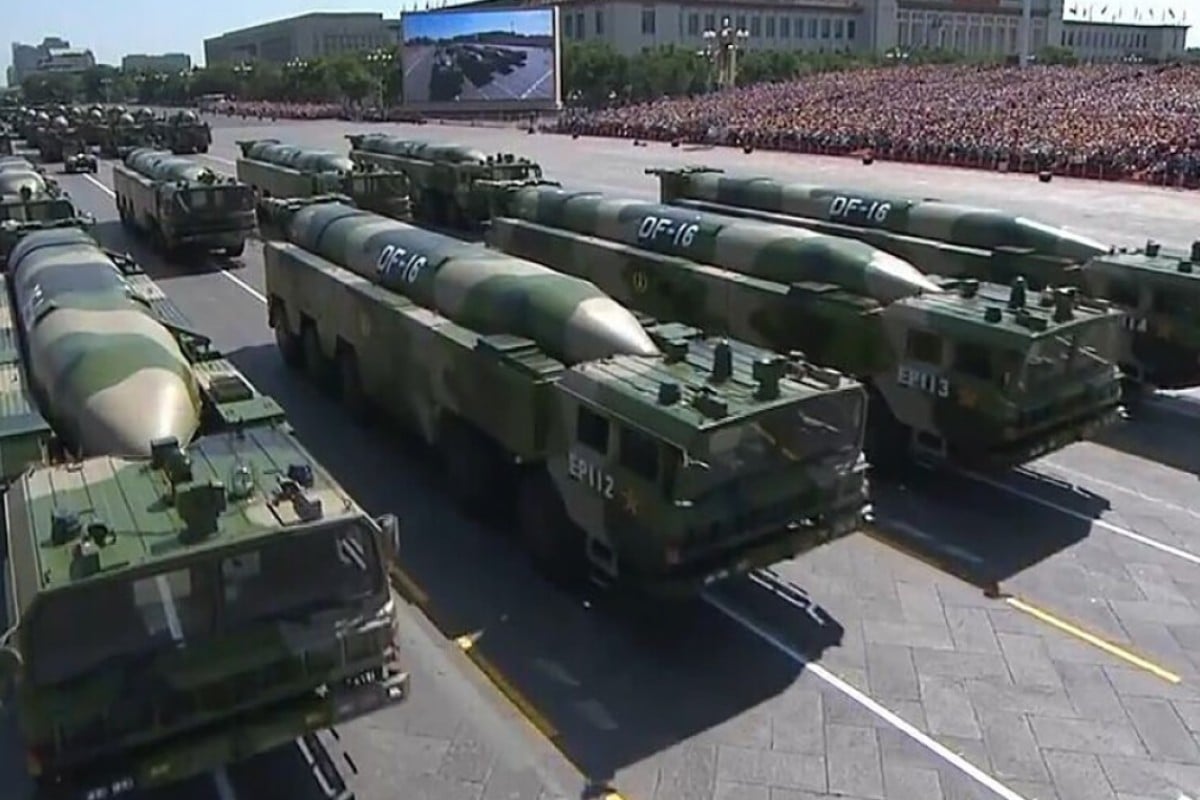







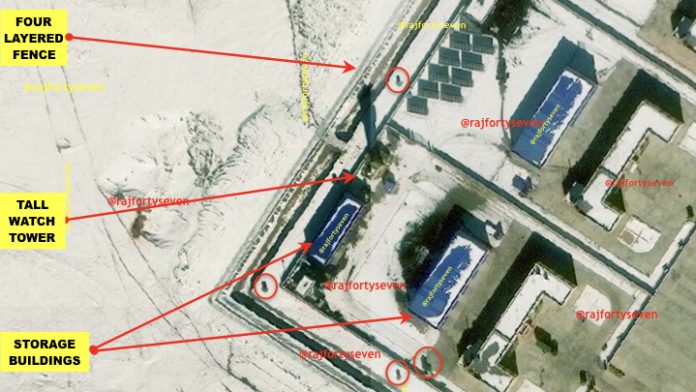 Satellite imagery of PLA's second garrison | Col. Vinayak Bhat (retd.)/ThePrint
Satellite imagery of PLA's second garrison | Col. Vinayak Bhat (retd.)/ThePrint

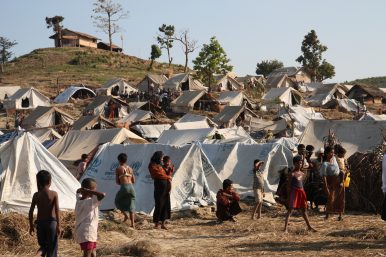



/arc-anglerfish-arc2-prod-mco.s3.amazonaws.com/public/ETI4U26T3ZAOTPF5C4JZNHIXLQ.jpg)
